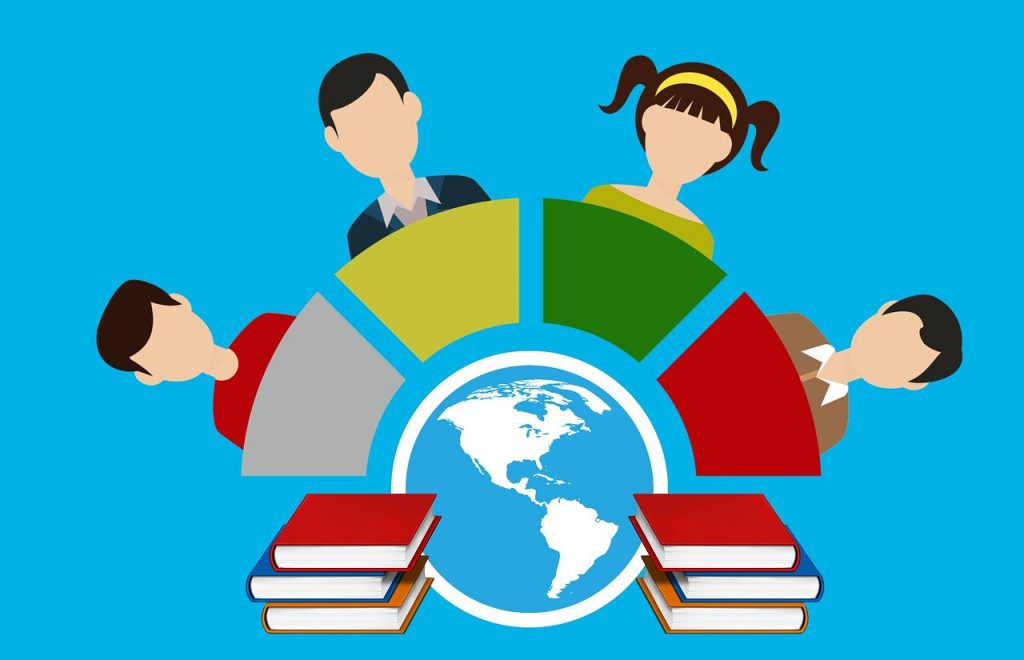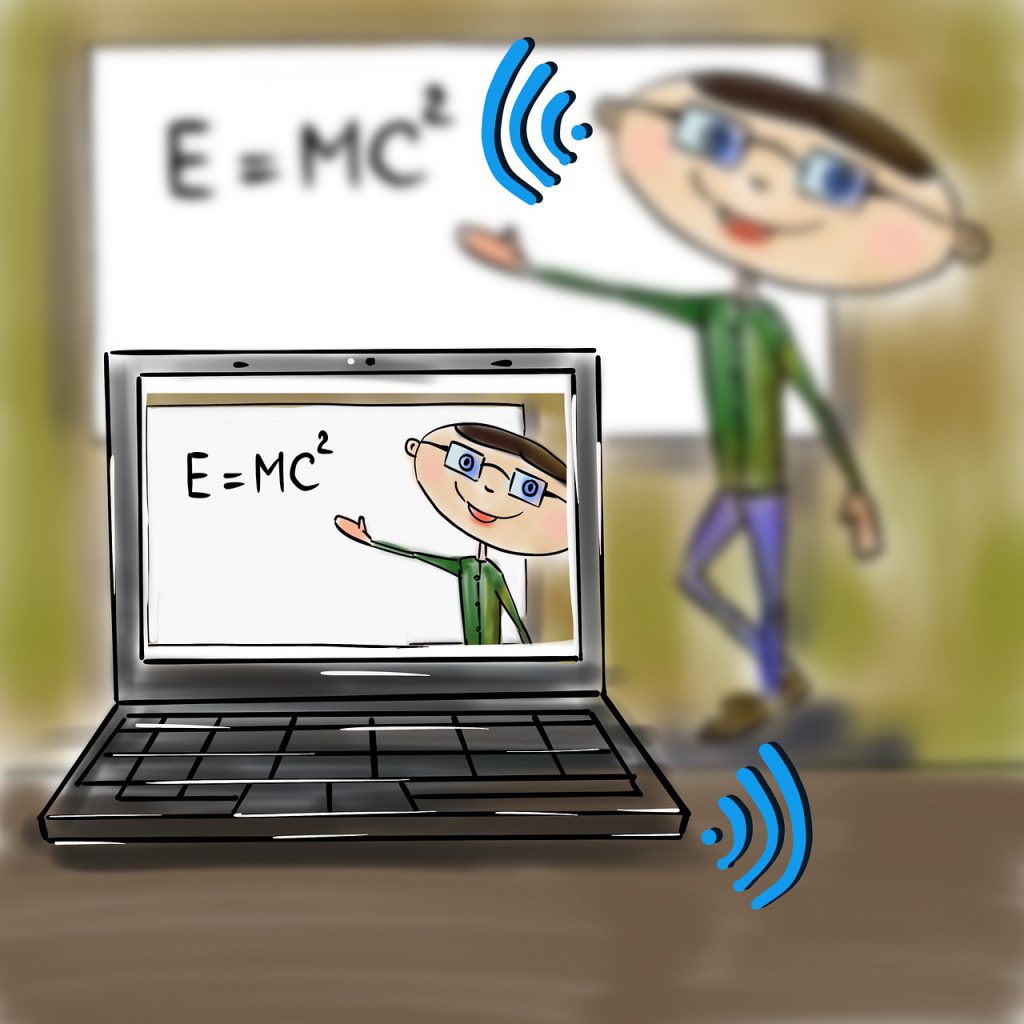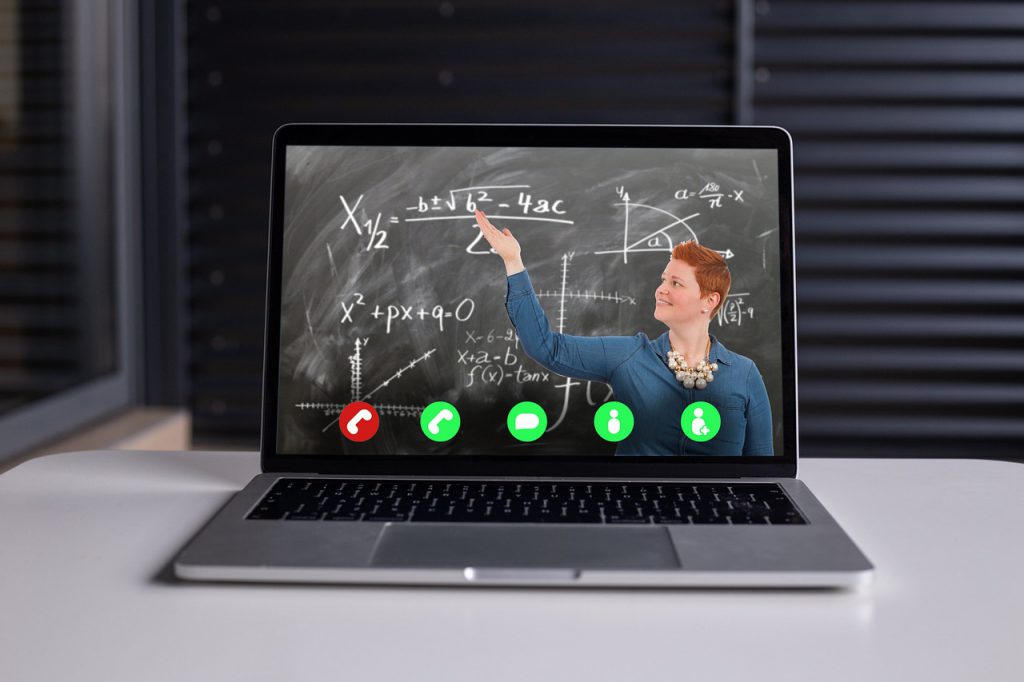This generation of kids is blessed with the power of technology. When these technologies are used in education then it will enhance the overall learning experience. Every student is different and has a different pace of learning. Some students are born geniuses and understand the concept very easily while others struggle to learn the concept and require additional support to understand it well.

To bridge the gap between these two types of students, an innovative concept of Blended learning is used that will benefit every student equally no matter what their learning pace is they all will get a deeper understanding of the concept.
What is Blended Learning?
In simple words, Blended learning is defined as a mixture of both traditional face-to-face learning and digital learning. It is a style of education which enables the student to learn from traditional classroom settings as well as from digital platforms as well. For example, A student is taking regular classes in a brick and mortar school building with a designated teacher and he also takes up some online courses digitally to better understand the concept more clearly. The online technology is included in the blended learning to transform and improve the learning process of each individual student.

Blended learning leverages the power of both face to face interactions as well as online interactions to promote student engagement. The students can manage their own learning pace as the portion of blended learning occurs online. Many students love interacting with gadgets like phones and smartphones with the help of a Blended Learning approach, the students can use their smartphones for the purpose of classroom activities and learning online at their own pace.
What are the various types of models of Blended Learning?
1. Flipped Classroom Model
It is a type of a pedagogical model in which the classroom lecture is viewed online at home. All the students can view online lectures and gain an ability to chat with one another using a discussion forum.
They also make notes to add the doubts which they have about the online lecture. In the physical classrooms, the student then asks these doubts from the teacher who is present to guide them. Also, the student completes their homework based on the online lecture in the Classroom setting. The homework is based on some type of collaborative teamwork-based activity.
2. Station Rotation Model
This type of model is commonly used in elementary schools. It allows students to rotate through stations in a fixed schedule. In this model, at least one of the stations must be an online learning station.
3. Lab Rotation Model
This type of model also allows students to rotate through stations on a schedule fixed by the teacher. A dedicated computer lab is used for online learning. This blended learning model allows for scheduling arrangements with the teachers who are flexible in nature.
4. Individual Rotation Model
In this special type of blended model, the individual schedules are being set for the students by a software algorithm or teachers that allows the students to rotate from one station to another. This model is different from another model as the student doesn’t rotate to every station but only rotate to stations where the activities are scheduled by the teachers. Based on the student’s past performance, the learning agenda is decided by the teacher every day which can fully serve his individual learning requirements.
5. Flex Model
Online learning plays a vital role in a student’s overall learning process in this model. This model provides students with a high degree of freedom over their pace of learning enables them to move on schedules among learning activities as per their needs. The students work through course curriculum and content and for providing them with proper guidance and support the teachers are available as-needed basis.

6. A La Carte Model
This model is very useful for students whose schools are unable to provide special learning opportunities such as an elective course or advanced placement. With the help of this model, the student takes an online course along with other face-to-face courses that provide students with a great amount of flexibility in their fixed schedules.
7. Enriched Virtual Model
This model is the best alternative to a full-time online school. In this model, the students attend school for face-to-face learning sessions with a teacher in a traditional classroom setting but allow the students to complete their homework online at home. The daily school attendance is not required in this Enriched Virtual program model the student only has to attend on designated days and most of the student learning takes place online.
What are the Advantages of Blended Learning?

1. It gives students the ability to track their own progress and improve their pace of learning accordingly.
2. It provides students access to valuable global online resource material which helps to provide quality knowledge to the students.
3. The students can learn at their own pace and from a variety of different learning styles and perform a variety of fun learning activities.
4. Online learning enables students to be a part of a meaningful discussion with the instructors with the help of emails, discussion boards, and forums.
5. The students will get the best of both online learnings as well as Face-to-face learning. Online learning students can access the learning material anytime, anywhere as with face to face learning they will get proper guidance and support from their teacher which helps to clear out doubts.
6. By incorporating technology into school lessons, the students will find it easy to understand and develop an interest in the subject and it also increases information retention.
7. It makes students self-driven and responsible and promotes student ownership over learning.
8. It saves a lot of time, money, and resources and also helps teachers to evaluate the student’s individual needs in a better way.
Summing Up!
We have learned about the concept of Blended learning and its importance in the overall development of the student. In the coming future with more advancements in technology, there will be a huge demand for pushing education more towards digital platforms.
Thus, it is high time for schools to consider adding blended learning in their mode of education.
 18703
18703

